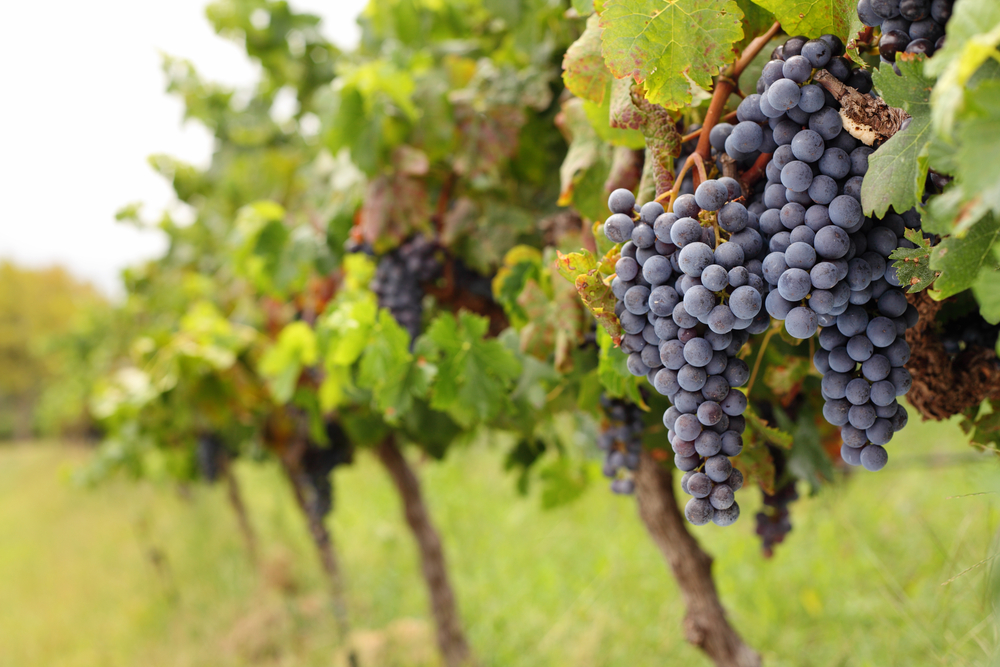Breaking
Icewine: Canada’s business card
VANCOUVER — With summer just around the corner, many people are planning vacations. If your travels bring you to Canada, you must taste the famous icewine produced in Okanagan Valley and you would be well advised to take some home with you.
The Okanagan Valley, a strip of southern B.C. famous for its long, deep lakes and hot, dry summers, is one of Canada’s largest wine-growing regions, and a major source of icewine.
For a wine to be designated as icewine, the grapes must be picked at minus eight degrees Celsius or colder. Here in the Okanagan, that means vineyards will not be harvested until mid-January.
“But the real magic happens, because when the grapes are picked frozen, the juices are concentrated very much, so they’re picked when they’re like little marbles, pressed frozen and you get this tiny, minute amount of juice that’s incredibly delicious and sweet,” said Audrey Silvernagel, who handles guest relations at Inniskillin Winery.
Icewine can only be produced in a very narrow timeframe and in a cold enough atmosphere.
“In fact, it’s hit and miss. It’s very much a gamble,” Silvernagel said.
Like other types of wine from Okanagan Valley, production of icewine has been surging.
In 2013, B.C. wineries produced 960 tons of frozen grapes for an estimated 288,000 liters of the sweet wine.
Icewine makes for an ideal dessert, but it can also be much more than that, Silvernagel says.
“Icewine is very versatile. It goes well with something completely opposite, like blue cheese. It’s magic actually. It really ignites the flavors,” she said.
“It’s also lovely with other cheeses or an assortment of dried fruits and nuts. It can be really simple, you don’t have to cook a fancy dessert,” she said.
Icewine remained quintessentially Canadian, and more and more people were aware of it, particularly those produced in B.C., she said.
Meanwhile, the Okanagan Valley has also become a major source of other types of world-class red and white wines. The fertile soil along the valley hillsides is a great host for many types of grapes, including Pinot Gris, Pinot Noir, Pinot Blanc, the pinot varieties and others.
Between 2010 and 2012, annual wine production in B.C. climbed from 11.5 million liters to 17.7 million liters, with most of the production centered on the Okanagan Valley.






















